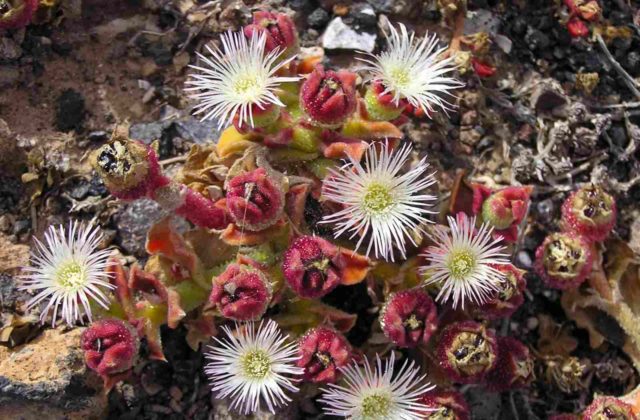The colder months are for getting cosy by the fire with a warm cup of tea. While bags are easy and convenient, you don’t get as big a bang for your mug.

According to The Herbal Handbook For Homesteaders, storebought teabags often contain only dust; the smaller particles oxidise more quickly, leading to a greater loss of flavour.
So why not take advantage of some of your fresh herbs and make your own brew? Guaranteed you’ll taste the difference and feel good about your self-sufficient lifestyle!
Herb Options
Various herbs offer different tastes and benefits. Feel free to experiment with the edible plants growing in your garden (see editor’s note), but here are some examples if you lack inspiration:
- Bee Balm and Bergamont: Originally from the mint family, these flowers will help soothe a sore throat, colds, cases of flu, and upper respiratory issues. They can also help with gas, nausea, and indigestion.

- Lemon Balm: The leaves of lemon balm have antiviral properties for herpes viruses and also help with insomnia and seasonal depression relief.
- Echinacea: The roots of this flower are said to help with strep throat and respiratory infections.

- Sage: The leaves have antiviral, antifungal, antibacterial, and antiseptic properties. Can be used as a mouthwash or to help with a sore throat.

- Thyme: This herb can be used to help fight a bad cough.
- Calendula: This flower has antiseptic and anti-inflammatory properties and is said to be a great skin soother and clears lymphatic congestion.

To make one cup you will need:
- 1 tablespoon of dried herbs or 2 tablespoons of fresh herbs, cut into ¼-inch pieces
- 1 cup of hot water
- In a kettle, bring the water to a boil over high heat.
- Place your herbs of choice into a tea accessory, such as a tea ball, reusable cloth tea bag, tea filter, or french press.
- Pour the boiling water over the herbs and cover your mug with a heat-resistant top.
Editor’s Note: Before using any herb or flower to make tea, please do your research or consult a professional. Learning how to harvest a plant correctly is essential, as well as how to safely ingest it. Pregnant women, children, and people with pre-existing medical conditions must proceed with caution.



